The Science of Joint Health: Why Cartilage Breaks Down and How You Can Protect It
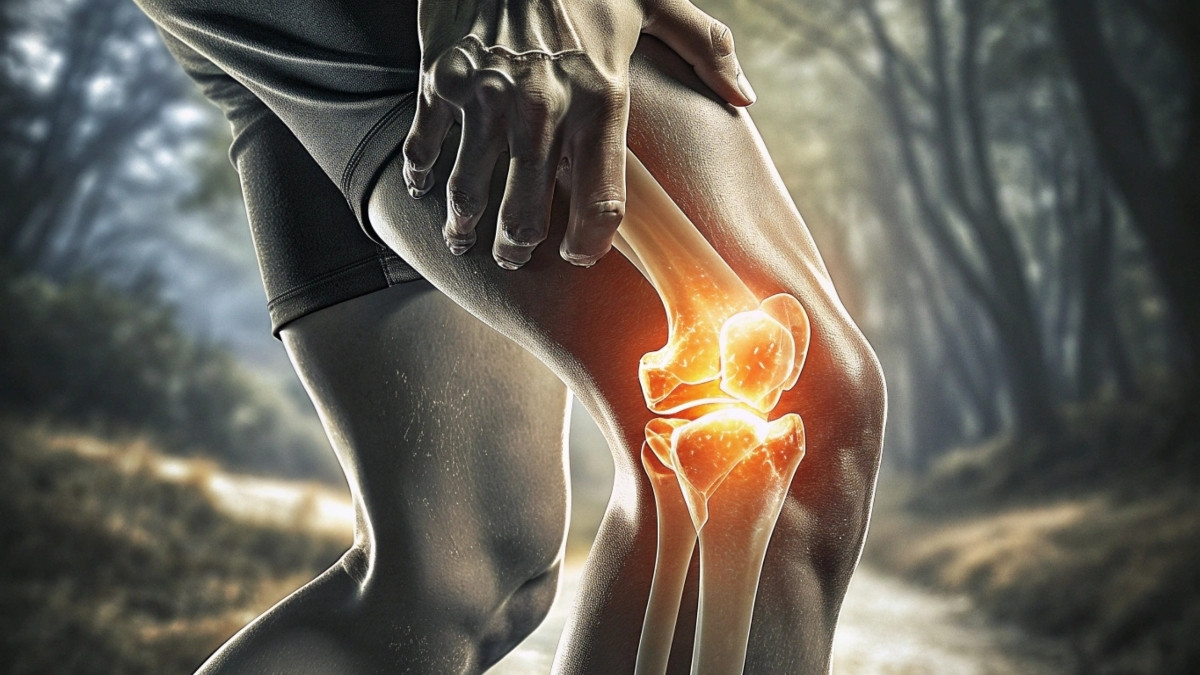
That familiar morning stiffness in your knees or the ache in your hips after a walk isn’t just a sign of getting older—it’s a signal from your body’s essential shock absorbers. Too often, we accept this discomfort as an unavoidable part of life, feeling powerless against generic advice that fails to address the root cause.
This guide is different. Here, we’ll dive into the science behind cartilage breakdown, explaining exactly why it deteriorates. More importantly, you’ll receive a clear, actionable plan for 2025 designed to protect cartilage through specific nutrition, targeted exercises, and smart lifestyle habits. It’s time to move beyond managing pain and start building better joint health for the long run.
What is Cartilage and Why is it Vital for Joint Health?
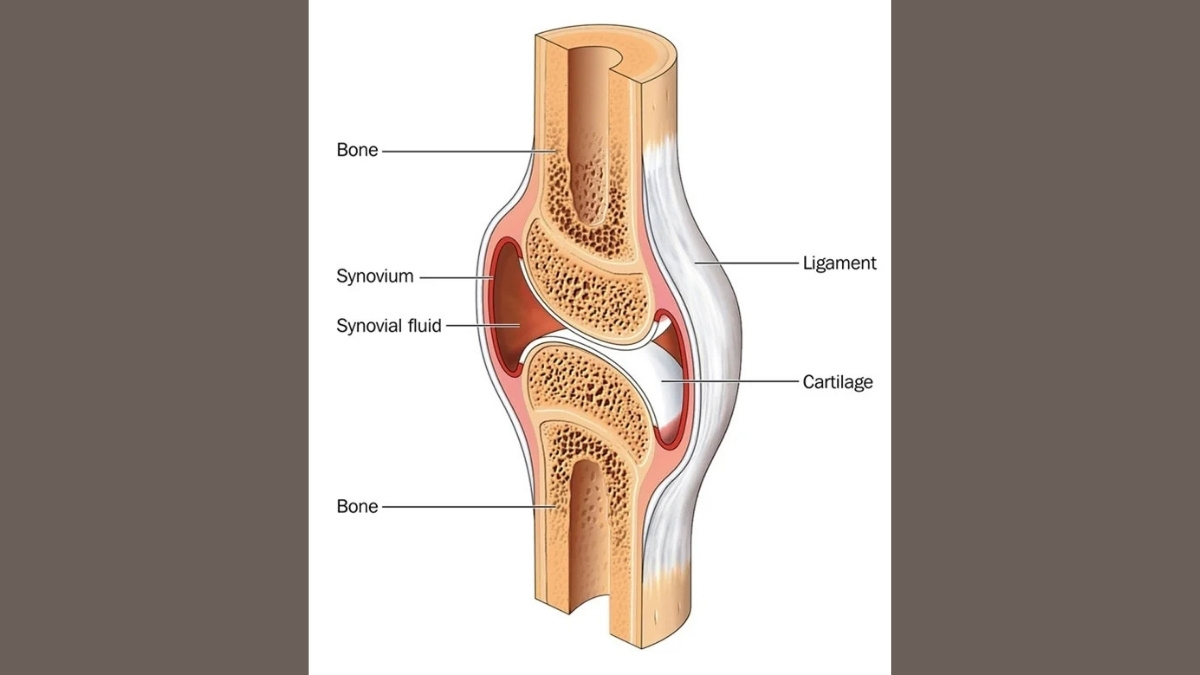
Think of your joints like a car’s advanced suspension system. The star component of this system is cartilage, your body’s own natural shock absorber. This living cushion sits at the ends of your bones, preventing them from grinding against each other with every step, bend, and twist.
But what is this remarkable material? Cartilage is a tough, flexible tissue made of a dense web of collagen fibers and special molecules called proteoglycans, which are brilliant at holding onto water. This composition gives it a firm, rubbery quality. Crucially, cartilage has no direct blood supply. It relies on the surrounding joint fluid for nourishment, which is why it heals so slowly after an injury.
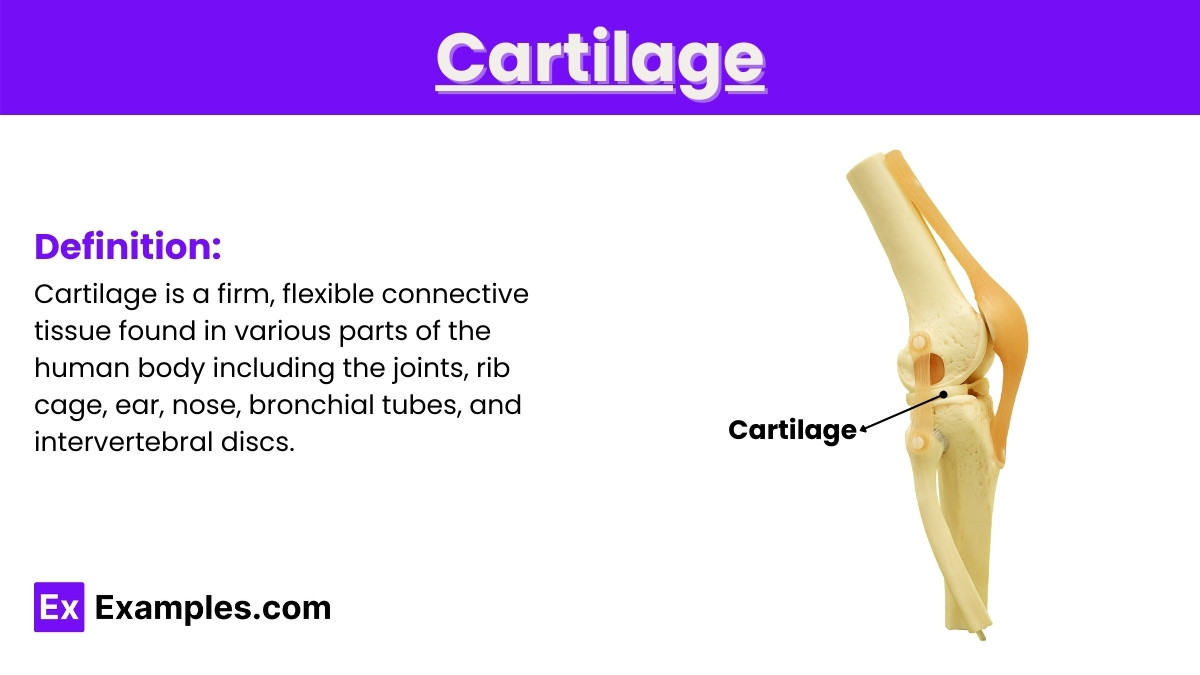
This unique structure is central to its cartilage function. It serves two vital roles. First, it creates a smooth, slick surface allowing bones to glide past one another friction-free. Second, it expertly absorbs impact and distributes weight across the joint. Preserving this tissue is the absolute foundation of long-term joint health, enabling the pain-free movement essential to an active life.
The Main Culprits Behind Cartilage Breakdown
Cartilage breakdown rarely stems from a single cause. Instead, it’s often a result of several factors working together over a lifetime. The natural process of aging is a primary contributor. As we get older, our body’s collagen production slows, causing cartilage to become thinner, drier, and more brittle. This is the classic “wear and tear” that can lead to osteoarthritis—a condition that, according to the CDC, affects over 32.5 million US adults.
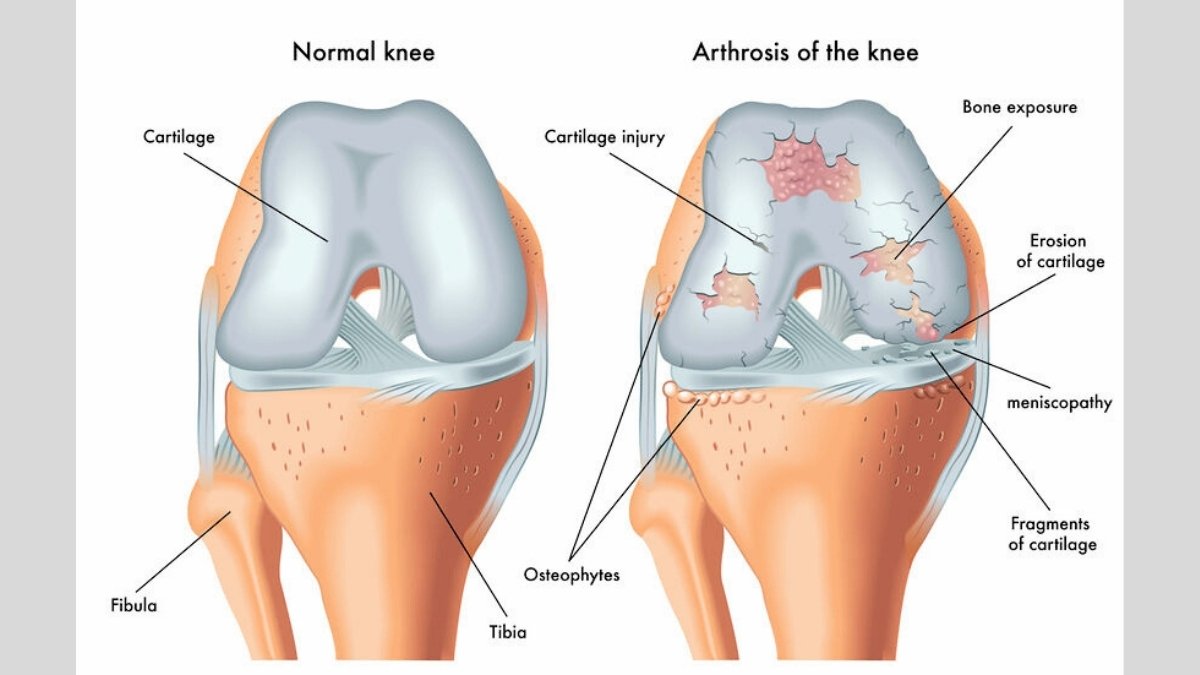
This aging process is often accelerated by chronic inflammation. Whether from an autoimmune condition like rheumatoid arthritis or a diet high in processed foods, persistent inflammation releases destructive enzymes. These enzymes actively attack and degrade your joint tissue, creating a vicious cycle of damage and chronic joint pain.
Mechanical stress is another major culprit. Excess body weight multiplies the force on your joints, particularly your hips and knees. The good news? Losing just 10 pounds of body weight can reduce the pressure on your knees by an incredible 40 pounds with every step.
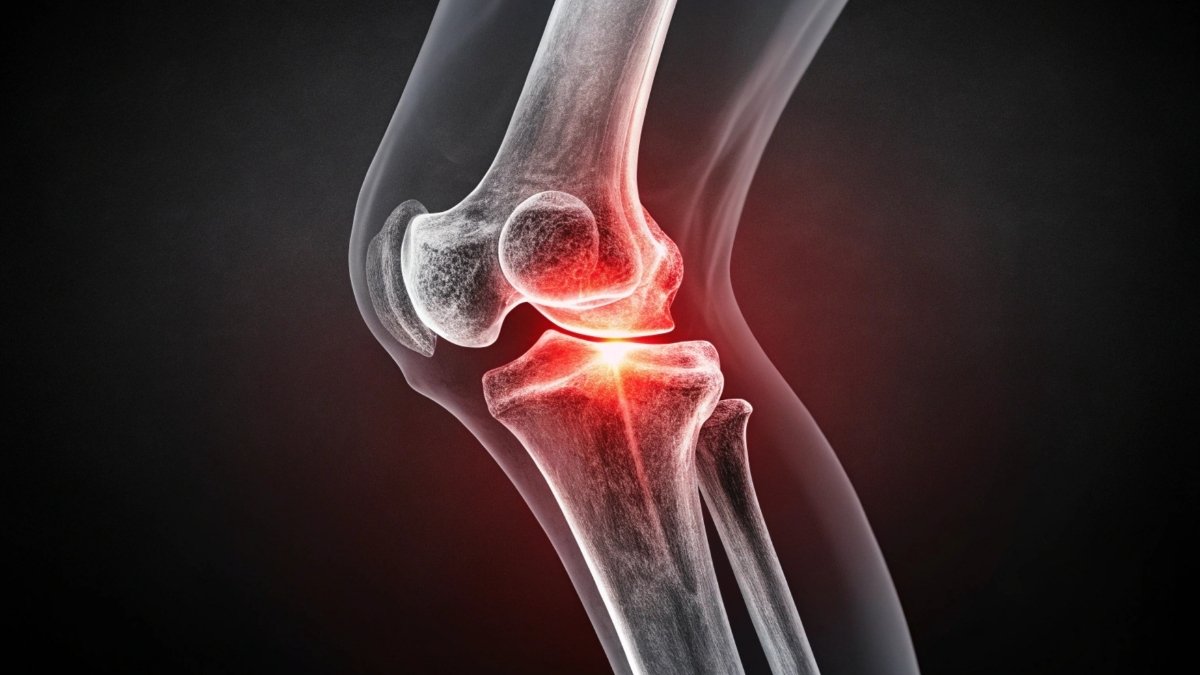
Paradoxically, inactivity is just as damaging. Movement is what circulates the vital fluid that nourishes your cartilage. Without this regular “use it or lose it” stimulus, your joints are effectively starved, becoming stiff and vulnerable.
How to Protect Cartilage with a Joint-Friendly Diet
Think of your diet as your first line of defense in the mission to protect cartilage. You can directly support your body’s repair processes and calm inflammation by choosing the right foods. Focus on incorporating powerful anti-inflammatory compounds, such as the omega-3 fatty acids found in salmon and walnuts, and the antioxidants packed into berries and leafy greens.
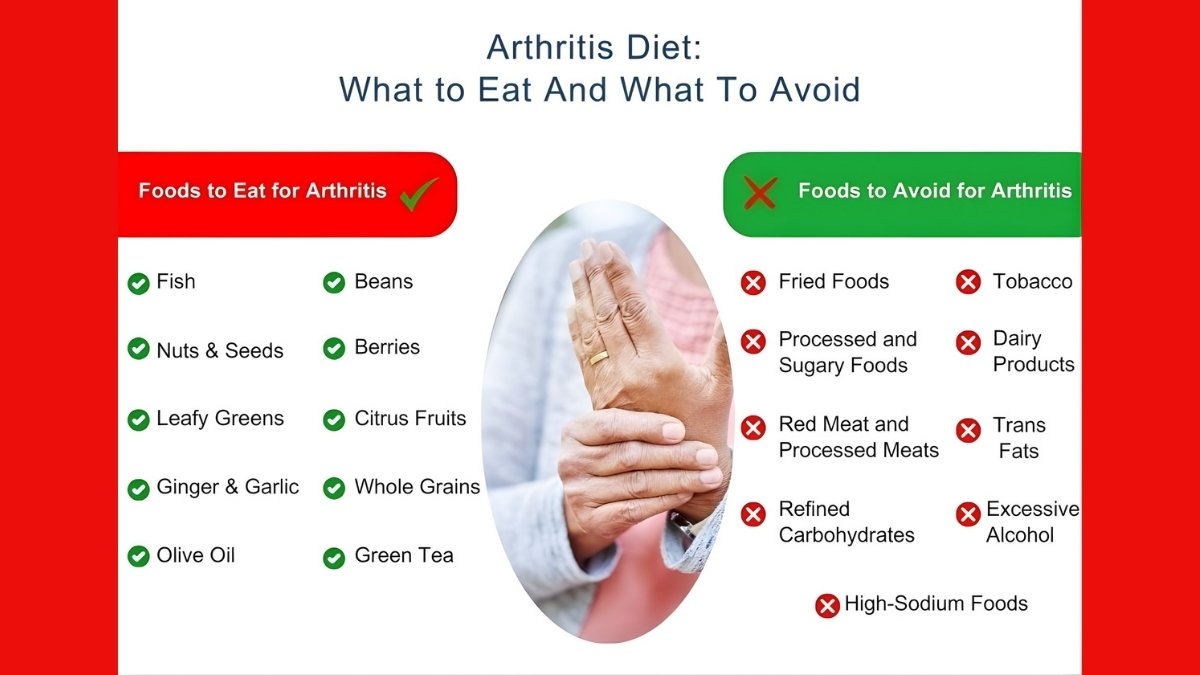
Simultaneously, provide your body with the building blocks for cartilage itself. Foods rich in Vitamin C, like citrus fruits and bell peppers, are crucial for collagen synthesis. While some people seek joint pain relief with supplements like glucosamine or turmeric, you should always consult your doctor before starting a new regimen. Don’t overlook the simplest tool: hydration. Since cartilage is mostly water, staying hydrated is a non-negotiable for maintaining its cushioning ability and supporting overall joint health.
Top 10 Foods for Joint Health:
- Fatty Fish (Salmon, Mackerel)
- Walnuts & Almonds
- Berries (Blueberries, Strawberries)
- Leafy Greens (Spinach, Kale)
- Broccoli & Cruciferous Vegetables
- Citrus Fruits & Bell Peppers
- Bone Broth
- Lean Protein (Chicken, Beans)
- Olive Oil
- Green Tea
The Right Moves: Best Exercises for Joint Health

While diet provides the building blocks, the right kind of movement acts as the maintenance crew for your joints. The old myth that exercise wears down cartilage is incorrect—smart, targeted movement is essential for long-term joint health.
Begin with low-impact aerobics like swimming, cycling, or using an elliptical. These activities increase circulation, delivering nourishing fluid to your cartilage without the jarring impact of running on hard surfaces.
Next, focus on strength training. Think of the muscles around your joints as a natural support system. The stronger they are, the less stress your cartilage has to endure.
For your knees, focus on strengthening your quadriceps and hamstrings with controlled movements like bodyweight squats or leg lifts. For your hips, building strong glutes and core muscles is key; exercises like glute bridges are incredibly effective at providing stability and support.

Finally, you must prioritize flexibility. Stiff joints are more prone to injury. The goal is to improve joint mobility and maintain a healthy range of motion. Practices like yoga or Tai Chi are excellent for this, as they combine gentle movement with stretching.
Incorporating simple, dynamic stretches into your daily routine, such as the cat-cow stretch for your spine, can make a significant difference in preventing stiffness and keeping you moving freely.
Conclusion:
Your joint health isn’t passive; it’s actively managed. By understanding the causes of cartilage breakdown and making conscious choices in diet, exercise, and lifestyle, you hold the power to influence your joint longevity.
Start today by choosing one small change. Will you add a 15-minute walk to your daily routine or incorporate more leafy greens into your meals? Your joints will thank you for years to come. These simple, consistent efforts are the key to protecting your long-term joint health.


![Unlock REAL Back Pain Relief: The Surprising Connection Between Your [Specific Body Part, e.g., Hips/Breathing] and Exercise Success](https://savvyhipster.com/wp-content/uploads/21-Blonde-Buzzcut-Men-Ideas-2025-08-19T001046.442-1-768x432.jpg)



